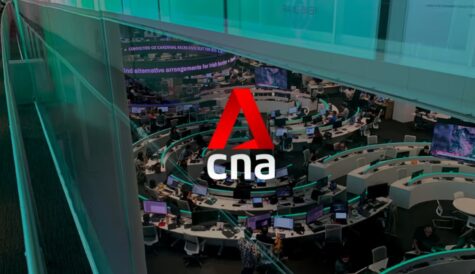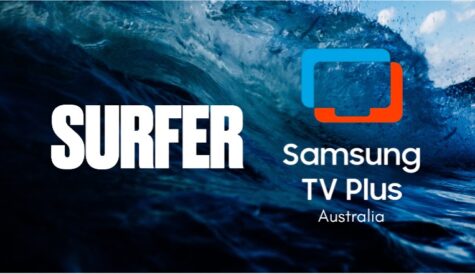
After more than 40 years of operation, DTVE is closing its doors and our website will no longer be updated daily. Thank you for all of your support.
Q&A: Frank Melloul, France 24
News channel France 24 offers feeds in French, English and Arabic. Frank Melloul, head of strategy, development and public affairs, spoke to Digital TV Europe about the channel’s international strategy.
 How does France 24 differ from other news channels?
How does France 24 differ from other news channels?
From the very beginning, France 24 has positioned itself as a global media outlet covering international news from a French perspective. Its main values are honesty, diversity, openness to different points of view, bearing in mind that our network, although broadcast in three different languages, follows the same editorial guidelines and principles of programming on all three language channels. Whereas the international news market had been dominated for years by English and Americans on one side, and by Qatari on the other side, France 24 provides an alternative voice on world news in English, Arabic and French 24/7.
How is the channel perceived outside Europe?
The launch of our 24-hour broadcast in Arabic in October 2010, coupled with France 24’s unique positioning as the only Western channel to broadcast the same information in three languages, has proved pivotal. During the Jasmine revolution, for example, 78% of Tunisians said they trusted France 24’s coverage of the events. Internet traffic from Tunisia increased by nearly 980%. Similar trends were observed for Egypt and for Libya. The Asian market is also growing at a tremendous pace, thus offering many possibilities for development. The same applies to the American continent.
How is France 24 positioned to ensure the widest possible distribution?
France 24’s strategy has always been to maximise exposure. To this end, we are available on both pay TV platforms and via our own multiscreen services. Most television households still watch television via their TV set, subscribing to a pay TV operator, whether that’s on cable, satellite or IPTV. As such, France 24 is broadcast by leading pay TV operators including BSkyB in the UK, NTV Plus in Russia, OSN in the Middle East, Time Warner in the US and Now TV in Hong-Kong. Furthermore, so as not to neglect households that don’t, for technical or financial reasons, subscribe to a standard pay TV offer, we are also available in free-to-air mode. This is especially popular in the Middle East and North Africa for instance. We decided to broadcast on both Arabsat and Nilesat satellites in those areas. France 24’s strategy is also to be available on all screens, so we have developed our own applications for mobiles and connected TVs,
How is France 24 tapping into social networking to complement its coverage of international news events?
Social networks present a multitude of benefits to a channel like France 24, allowing interaction with viewers, strengthening viewer loyalty and increasing brand awareness through peer-to-peer recommendations. These platforms are also suitable for showing behind-the-scenes interviews and images and, for Twitter in particular, also allow us to get breaking news out to a large number of people almost instantaneously. With more than 800,000 fans on Facebook, 180,000 followers on Twitter and five million videos viewed on average every month on YouTube, France 24 has made developing its presence on social networks is a priority.
Aside from France 24’s three language feeds, how is the channel localised for specific markets?
In terms of editorial content, there is no localising of channel feeds according to specific zones or markets. We market a unique and unchanging product whatever the zone of broadcast, unlike most of our competitors who tend to adapt the news to a given audiance. It is however possible to localise advertising airtime, allowing advertisers to specify certain broadcast zones for their campaigns.
France 24 has yet to introduce an HD channel. Are there plans to?
France 24 has initiated certain measures to prepare for HD: switching to 16/9 format for example and developing a new encoding system that will, if required, allow the delivery of HD signals to broadcast networks in the future. However, the inhomogeneous quality of distribution networks (2G, 3G, 4G, Wifi, Wimax, DTT, satellites, optical fibre) and the notable disparities between reception devices (basic telephones, smartphones, tablets, connected TVs) remain more problematic to multimedia designers, producers and editors in terms of harmonisation than HD.
What are your strategic priorities for the next year?
In less than five years, France 24 has achieved worldwide distribution, reaching 174 millions households with 24/7 international news in English, French and Arabic. Today, our priority is to strengthen our position and fine-tune our strategy in relation to operators’ line ups.


